Difficulties surrounded by new tax policy
At this time in previous years, workers at many garment enterprises often worked overtime to meet delivery schedules, but this year, the picture is different. The US's imposition of a 20% reciprocal tax on garment imports from Vietnam has made the industry's key market more difficult than ever. Pressure is mounting on businesses as raw material prices escalate, logistics costs increase, and tariff barriers become increasingly tight, pushing many businesses into a challenging situation.
At Delta Hau Loc 1 Garment Branch, an export garment processing unit with nearly 1,000 workers. At present, the pressure of employment for workers is weighing heavily on the company because since the US tax policy was applied, after calculating the revenue in detail, many businesses are afraid to accept orders because the more they accept, the more they lose due to increasing costs...
Mr. Pham Duy Giap, Director of Delta Hau Loc 1 Garment Branch, said: "Our factory does not dare to sign more orders to the US and EU as usual due to tax policies that increase costs. At the present time, we are focusing on improving skills, improving product quality, signing smaller contracts and shifting the market to Australia, Japan, Korea...".
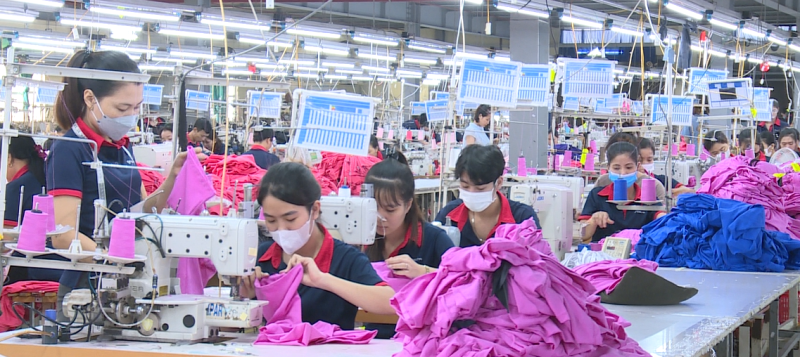
A production corner at Delta Hau Loc 1 Garment Branch.
At Hue Anh Garment Company Limited, a unit specializing in garment production for the US and Europe, the unit exports an average of 2 million products each year. According to Ms. Hoang Thi Kim Dung, Director of the company: "As usual, at this time, the company has signed orders extending to the end of the second quarter of 2026. However, with many current challenges from increased taxes to strict requirements for environmentally friendly green products, the company is still making efforts to complete the 2025 target and is exploring new markets to negotiate and sign the next orders."
Efforts to maintain production and ensure employment
Truong Phat Global Co., Ltd. is one of the companies heavily affected by the new tax policy. The plan to produce 3 million products in 2025 is only about 70% complete.
Mr. Tran Cong Tue, Director of the company, shared: "Currently, the business is very difficult, but we are still trying to maintain jobs for 500 workers. One thing is for sure, this year it will be difficult to achieve the set plan."
To reduce cost pressure, Truong Phat Global Company Limited has invested in more modern production lines and equipment such as programming machines, automatic cutting machines, folding machines... to increase productivity and reduce dependence on labor.

Automatic cutting machine at Truong Phat Global Company Limited.
In the same direction, many other textile and garment enterprises in the province have proactively expanded their markets to Australia, Japan, and China, focusing on segments with high added value, instead of competing with low prices.
Ms. Le Thi Hoa, technical manager of DH Vina Garment Company Limited, said: "From now until the end of the year, the company has arranged orders to ensure jobs for workers, even having to work overtime. The most encouraging thing is that despite difficult conditions, workers' lives are still stable."
According to Mr. Trinh Xuan Lam, Chairman of the Thanh Hoa Textile and Garment Association, with only 2 months left until the end of 2025, most large enterprises have completed their orders, while some small enterprises are still facing difficulties. If large enterprises share orders with small units, the whole industry will certainly complete the plan. Currently, 70% of Thanh Hoa textile and garment products are still exported to the US market, but enterprises are expanding to Russia, Eastern Europe and strengthening the domestic market to ensure growth targets.
Flexible to adapt and develop sustainably
According to the Thanh Hoa Department of Industry and Trade, in the first 10 months of 2025, the province's garment exports reached nearly 474 thousand products, up 16.7% over the same period last year. This is a positive result in the context of many fluctuations in global trade.
Regarding the textile industry, Thanh Hoa textile enterprises currently export to the US market relatively large. Enterprises are looking for flexible ways to respond, proactively seek new markets and increase product value to maintain stability.
According to Mr. Le Dac Luc, Director of LDL Company Limited: "LDL must find ways to diversify export markets to reduce dependence on the US, take advantage of free trade agreements (FTAs) to develop new markets. Currently, the unit has shifted orders to domestic Korea and China and has also completed the export target of 37,000 products by 2025."
To develop the garment industry sustainably, businesses need to be flexible and adaptable. Therefore, in addition to technological innovation and market expansion, Thanh Hoa textile and garment enterprises need to focus on building a domestic supply chain, proactively sourcing raw materials, thereby improving competitiveness, maintaining growth momentum, and aiming for sustainable development goals.
Thuy Luong - Viet Duc
Source: https://baothanhhoa.vn/thich-ung-linh-hoat-det-may-thanh-hoa-giu-vung-da-xuat-khau-267684.htm






![[Photo] Opening of the 14th Conference of the 13th Party Central Committee](https://vphoto.vietnam.vn/thumb/1200x675/vietnam/resource/IMAGE/2025/11/05/1762310995216_a5-bnd-5742-5255-jpg.webp)

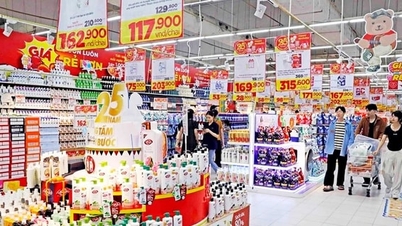

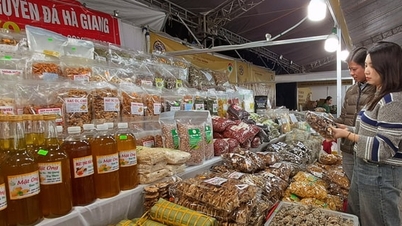






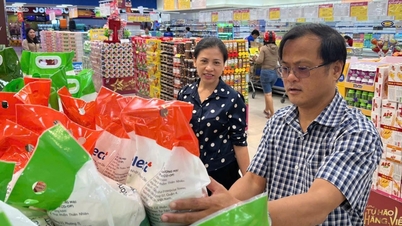




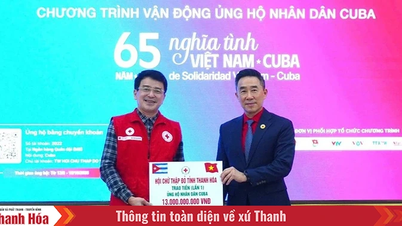
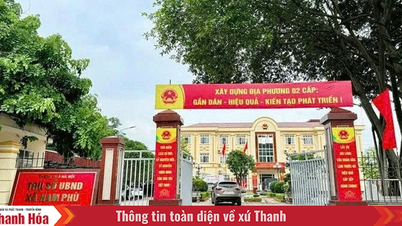
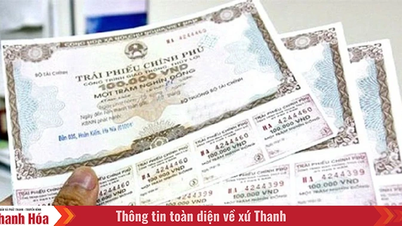
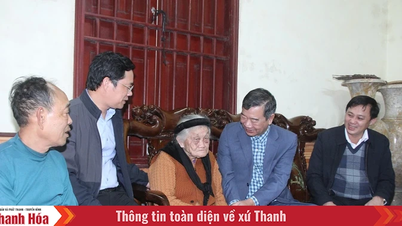


![[Photo] Panorama of the Patriotic Emulation Congress of Nhan Dan Newspaper for the period 2025-2030](https://vphoto.vietnam.vn/thumb/1200x675/vietnam/resource/IMAGE/2025/11/04/1762252775462_ndo_br_dhthiduayeuncbaond-6125-jpg.webp)






































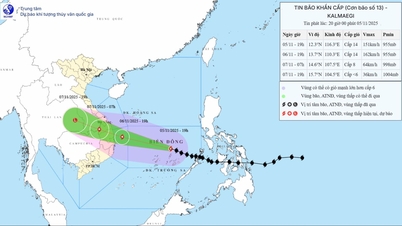

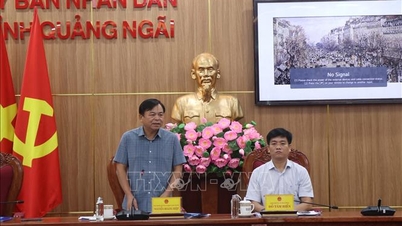


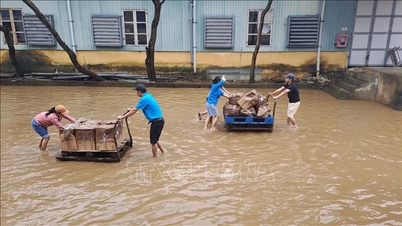


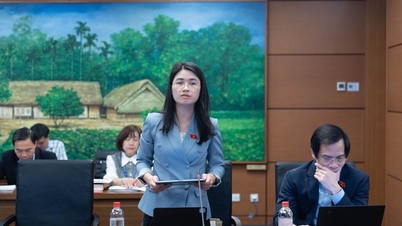




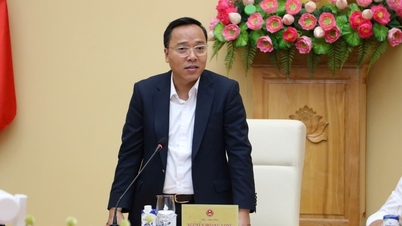










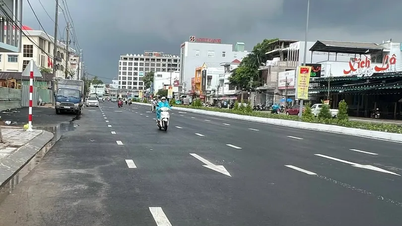











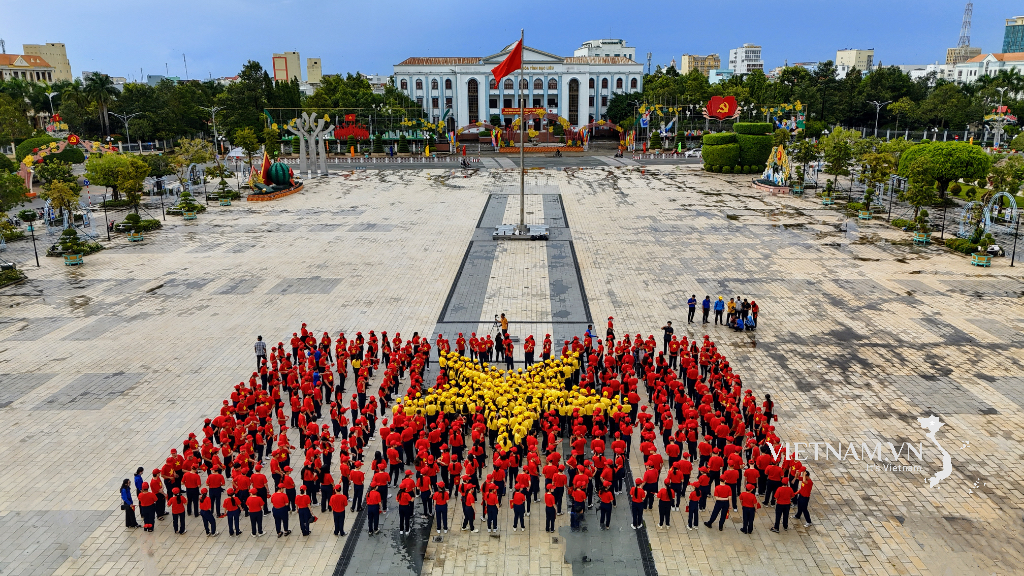



Comment (0)